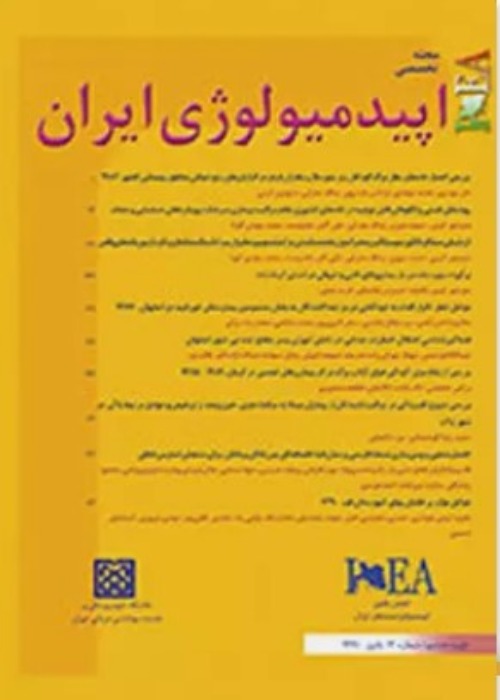Comparing epidemiological methods in detecting drug safety signal in IRAN
Abstract:
Background And Objectives
To compare three different methods of signal detection applied to the Adverse Drug Reactions registered in the Iranian Pharmacovigilance database from 1998 to 2005. Materials And Methods
All Adverse Drug Reactions (ADRs) reported to Iranian Pharmacovigilance Center from March 1998 through January 2005, were included in the analysis. The data were analyzed based on three different signal detection methods including Reporting Odds Ratios (PRRs), Bayesian Propagation Neural Network (BCPNN) and Reporting Odds Ratios (RORs). Signals detected by each method were categorized based on the number of reports per drug-adverse event combination, severity of the event and labeled or unlabeled ADRs. The methods applied to signal detection were then compared in recognizing different types of adverse events. Results
A total of 6353 cases of ADR reports, describing 11130 reactions, were reported to Iranian Pharmacovigilance Center (IPC) during the study period. The dataset involved 4975 drug-event combinations, which were assessed for detecting signals. The counts of drug-event combinations was 1, 2 and 3 or more for 3470, 727 and 779 combinations, respectively. There were 500 drug items responsible for 468 reaction terms in the database. According to PRR and 95% Confidence Interval, there were 2838, 872 and 488 drug-event combinations known as a signal for the pairs with the reporting frequency of ³1, ³2 and ³3 reports, respectively. The signals detected with the criteria of PRR³2, c2³4 were 2930, 872 and 480 for the pairs with the same reporting frequencies. Estimates of RORs and the 95% Confidence Interval showed that 2722, 862 and 481 drug-event combinations were detected to be signal for the pairs with the reporting frequency of ³1, ³2 and ³3 reports, respectively, while measuring IC and IC-2SD detected 1120, 378 and 235 cases for the same reporting frequencies. There were 234 signals detected by all three methods. Conclusion
Despite the similarities between data mining methodologies for signal detection, there are differences in the numbers of signals detected by each method. The study findings suggest that quantitative signal detection methods should be added to the routine Pharmacovigilance activities in Iran and the trends for quantitative measures over time should be monitored.Language:
Persian
Published:
Iranian Journal of Epidemiology, Volume:1 Issue: 1, 2006
Page:
17
magiran.com/p409527
دانلود و مطالعه متن این مقاله با یکی از روشهای زیر امکان پذیر است:
اشتراک شخصی
با عضویت و پرداخت آنلاین حق اشتراک یکساله به مبلغ 1,390,000ريال میتوانید 70 عنوان مطلب دانلود کنید!
اشتراک سازمانی
به کتابخانه دانشگاه یا محل کار خود پیشنهاد کنید تا اشتراک سازمانی این پایگاه را برای دسترسی نامحدود همه کاربران به متن مطالب تهیه نمایند!
توجه!
- حق عضویت دریافتی صرف حمایت از نشریات عضو و نگهداری، تکمیل و توسعه مگیران میشود.
- پرداخت حق اشتراک و دانلود مقالات اجازه بازنشر آن در سایر رسانههای چاپی و دیجیتال را به کاربر نمیدهد.
In order to view content subscription is required
Personal subscription
Subscribe magiran.com for 70 € euros via PayPal and download 70 articles during a year.
Organization subscription
Please contact us to subscribe your university or library for unlimited access!


